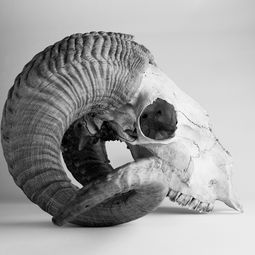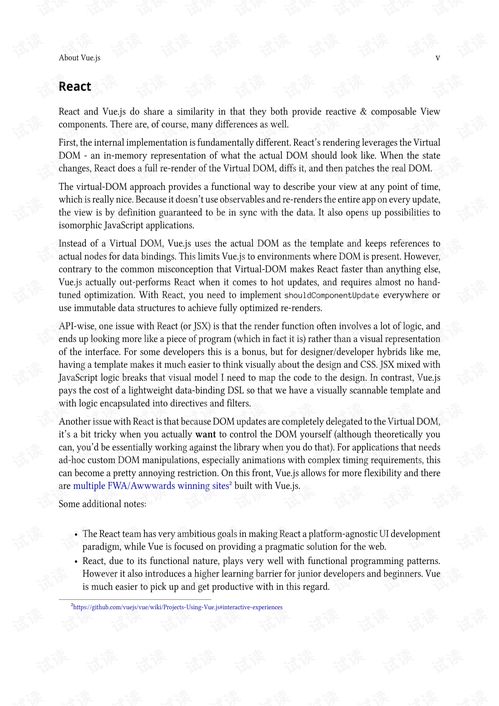Content:
In the serene world of angling, there's an art to catching fish that goes beyond mere luck. Whether you're a seasoned angler or a beginner, there are several small techniques that can significantly improve your chances of reeling in a prize catch. In this article, we'll delve into these simple yet effective methods that can transform your fishing experience.
Choose the Right Equipment
The foundation of successful fishing lies in the right equipment. Here are a few tips to help you select the best gear:
- Rod and Reel: Match the rod and reel to the type of fish you're targeting. Lightweight rods for panfish, medium-heavy rods for bass, and heavy-duty rods for larger species like pike or salmon.
- Line: The thickness of your line depends on the fish and the conditions. Thinner line is more invisible to fish, but thicker line is more durable and less likely to break.
- Hooks: Use the right size and type of hook for your bait and the fish you're trying to catch. A smaller hook is often more effective for smaller fish.
Understand the Fish's Behavior
To catch fish, you need to understand their behavior. Here are some key points to consider:
- Feeding Patterns: Fish are most active during dawn and dusk, but some species may feed at different times. Observe the behavior of fish in your chosen location to determine the best times to fish.
- Water Temperature: Fish are cold-blooded and their metabolism is affected by water temperature. They are more active in cooler water, so consider the temperature when choosing your fishing spot.
- Habitat: Fish tend to stay in areas where they can find food and shelter. Look for submerged structures, weeds, or drop-offs that might attract fish.
Present Your Bait Properly
The way you present your bait can make a huge difference in your success rate:
- Natural Movements: Fish are more likely to bite if they sense a natural movement. Use a slow and steady retrieve or mimic the natural movement of the baitfish in the area.
- Variety of Techniques: Experiment with different techniques such as casting, retrieving, or still fishing. Each technique can trigger a different response from the fish.
- Timing: Pay attention to the timing of your bait presentation. The best time to strike is when the bait is in the most attractive position to the fish.
Use Artificial Baits Wisely
Artificial baits can be a great tool for anglers, but they must be used correctly:
- Color and Shape: Choose baits that mimic the natural prey of the fish you're targeting. The right color and shape can make a big difference.
- Action: Pay attention to the action of the bait. Some baits are designed to sink, others to float, and some to flutter. Match the action to the behavior of the fish.
- Experimentation: Don't be afraid to try different baits and techniques. Sometimes the smallest variation can lead to a big catch.
Be Patient and Observant
Patience is a virtue in fishing. Here are a few tips to help you stay patient and observant:
- Stay Still: Moving around too much can spook fish. Find a good spot and stay put.
- Observe the Water: Look for signs of fish activity, such as splashes or boils. These can indicate that fish are nearby.
- Adjust Your Strategy: If you're not having luck, don't be afraid to change your approach. Try different lures, locations, or techniques.
Learn from Others

Fishing is a social activity, and there's a wealth of knowledge to be gained from other anglers. Here's how to make the most of it:
- Join a Club: Local fishing clubs can provide valuable information and networking opportunities.
- Ask for Advice: Don't hesitate to ask more experienced anglers for tips and advice.
- Watch Tutorials: There are countless online resources and tutorials that can help you improve your fishing skills.
By incorporating these simple techniques into your fishing routine, you'll be well on your way to becoming a more successful angler. Remember, the key to fishing is not just about the equipment or the bait, but about understanding the fish and adapting your approach accordingly. With practice and patience, you'll be able to enjoy the thrill of the catch and the beauty of the outdoors. Happy fishing!












